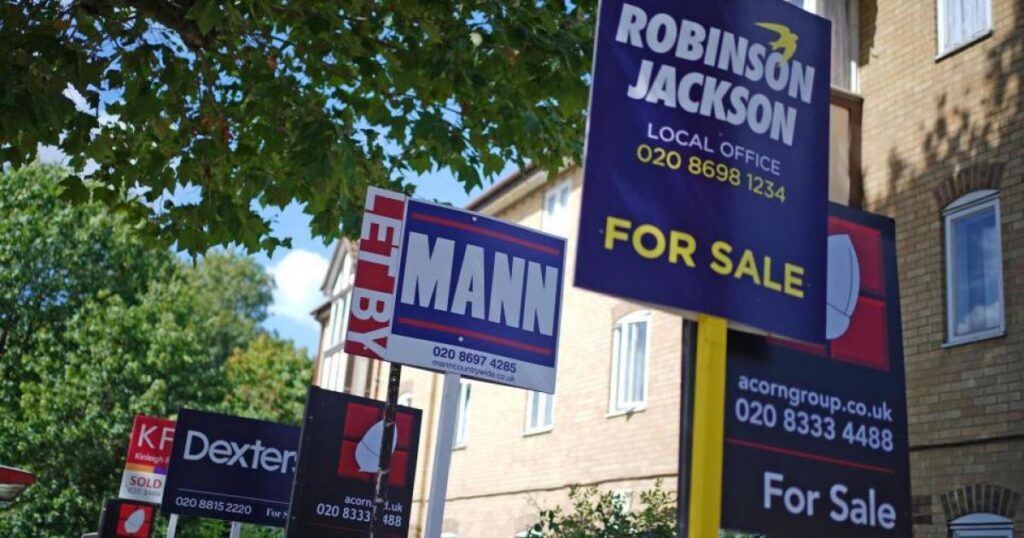According to the latest data from the Office for National Statistics (ONS), the median house price in Bromley has risen from £325,000 in 2014 to £500,000 in 2024 – a staggering 53 per cent increase.
Meanwhile, the median annual workplace earnings in the borough have increased from £27,926 in 2014 to £41,575 in 2024.
Despite this long-term increase, the latest figures also show a drop in house prices from 2023, when the median price stood at £510,000, suggesting a potential cooling in the market.
Similarly, median workplace earnings in Bromley have risen from £40,138 in 2023 to £41,575 in 2024, reflecting some wage growth.
The figures highlight a widening gap between property prices and income levels, making it increasingly difficult for residents to afford homes in the borough.
In 1997, the median house price in Bromley was just £84,500, while the median workplace earnings stood at £14,693.
Since then, house prices have increased by nearly six times, while wages have increased at a much slower rate.
Housing affordability remains a major issue across London and the south east, but Bromley’s data highlights a particularly sharp shift.
The borough, often debated as part of both south London and Kent, has long been seen as an attractive location for families and commuters.
However, the new figures may indicate growing financial pressures for those hoping to settle in the area.
In 2024, the median average home across England was priced at £290,000 – 7.7 times the median average earnings of a full-time employee (£37,600).
Affordability in England and Wales in 2024 has returned to its pre-coronavirus pandemic levels after a sharp increase between 2020 and 2021,
Median house sales prices have increased by 1 per cent since 2021, while average earnings have increased by 20 per cent.
In 2024, 9 per cent of local authorities had homes bought for less than five times workers’ earnings on average and were therefore deemed “affordable” – this is the highest proportion since 2015, but well below that at the start of the series in 1997 (88 per cent of areas).
Housing affordability improved in 289 of the 318 local authorities in England and Wales (91 per cent) and worsened in 28 (9 per cent) since 2023, according to the ONS data.
The most affordable areas in 2024 were Blaenau Gwent (with a ratio of 3.8), Burnley (3.9) and Blackpool (3.9).
The least affordable was Kensington and Chelsea (27.1), which was about seven times less affordable).




